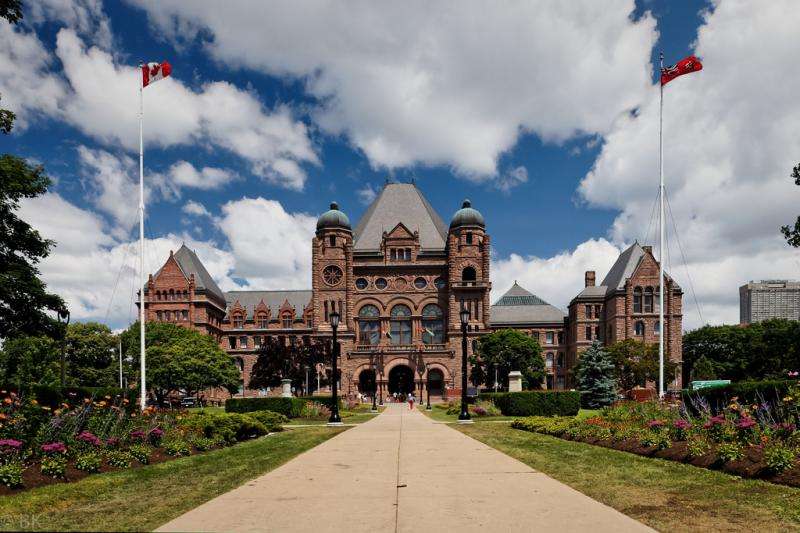Basic Income—from an idea to reality

Our current way of dealing with poverty is inefficient at best, with mountains of forms, paperwork, weighed down by bureaucracy and procedures. At worst, it's stigmatising and judgemental, keeping people in poverty rather than giving them opportunities to break free and elevate themselves out of poverty. One possible solution is providing individuals with a basic income.
A selling point for basic income is that it can save the government money. By streamlining select government services into one agency, it can reduce inefficiency. In fact, this is something that people on both sides of the political spectrum can agree on – both those who want small government and those who want the government to support our most vulnerable citizens. One example is in Ontario, where a recently published report titled "Finding a Better Way: A basic income Pilot Project for Ontario" by Hugh Segal reported that a basic income guarantee would replace Ontario Works and the Ontario Disability Support Program, giving everyone an income of $1320 a month, with an extra $500 for those with a disability. This would effectively replace those two programs with one larger, more comprehensive program that doesn't require the same intensive oversight and monitoring.
However, while people can agree on the idea of a basic income, we have very little data on how to best execute and implement one. The Mincome program was terminated early and so we can't use data from that (plus it was back in the 1970s). So as part of his suggestions, Segel suggests that we establish a comprehensive consultation approach, including surveys and interviews, to determine how to best roll out such a program. He suggests a rigorous evaluation mechanism of the program too, including an RCT to determine what the best mix is, and where this program works and where it might not. Such an evaluation would also help to inform how to improve the program if it's not working, and to determine if this is something that could be rolled out on a larger scale.
He also lays out what the program should be, and what it should not be. One such caution is that this should not replace all government services. Ontario has several social support networks including healthcare coverage, unemployment insurance, and such a "Big Bang" approach could damage those programs and leave many without support. Starting small and building a larger program if the evidence suggests this is a good idea is a much more prudent and safe approach.
Perhaps most interest in the report is how Segel is promoting and advocating a very cautious approach. His final comment in the summary document is worth a read, as it highlights that while basic income makes sense in a lot of ways, evaluating the execution is important and requires scientific rigour.
There is no way of predicting what a properly managed and objective pilot will produce in terms of results. Nor should we try to presume what those results will be. A well-run pilot should be about producing rational and objective evidence, which can inform government decisions in the future. Surely, at a time when many approaches in health care and public health, seniors care, immigrant integration and government itself are changing to address different needs and times, the only fundamental mistake one might make with respect to a basic income pilot would be not to try to test its impacts.
Provided by Public Library of Science
This story is republished courtesy of PLOS Blogs: blogs.plos.org.


















